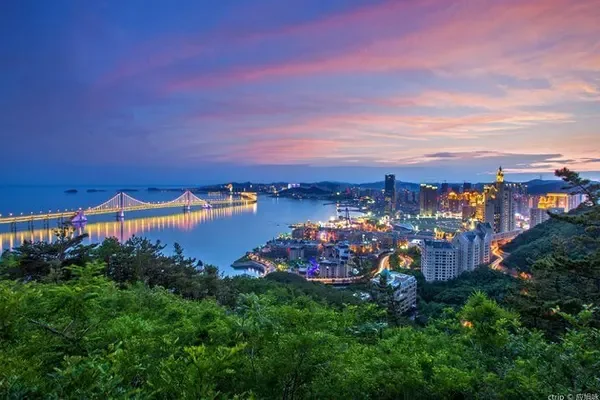introduce
Milarepa Buddha Pavilion is located in the suburb of Zuozuo City, Gannan, about 3 kilometers from the city center. It is a red Tibetan-style high-rise building. The high-rise religious buildings of the Buddha Pavilion are very rare in Tibetan areas, and it is very unique to take pictures outside. There are more than a thousand statues enshrined in the Buddhist Pavilion, including representatives of the major sects of Tibetan Buddhism, as well as famous masters in Tibetan history. This coexistence of various sects is also very rare in Tibetan areas, and it is worth visiting.

The full name of the Buddha Pavilion is the nine-storey Buddhist Pavilion of Anduo Cooperation Milarepa. It was built to commemorate the master Milarepa in the history of Tibetan Buddhism. Milarepa was the early master of the White Sect of Tibetan Buddhism. , is famous for its penance and singing and preaching. There are also many statues of masters and portraits reflecting the process of masters' practice in the Buddhist Pavilion. The Buddha Pavilion is called nine floors, but it is actually eight floors, and the ninth floor is a mandala portrait on the roof of the eight floors. After entering the Buddhist Pavilion, you can visit and worship layer by layer. It takes about 1-2 hours to visit. Every statue and mural in the Buddhist Pavilion is marked with Chinese characters to help tourists understand. If you are lucky, you will meet the monks here to explain.
On the first floor of the Buddha Pavilion is a huge statue of Jampa Buddha (Maitreya Buddha). You can see that the image of Maitreya Buddha in the Tibetan area is different from the image in the mainland, and it is a solemn form of traditional Buddha statues. The statues on both sides are celebrities in Tibetan history, including the Tibetan kings of the past dynasties, as well as the founders of Tibetan characters and Tibetan operas. You can also see the images of Songtsan Gampo and Princess Wencheng here.
The second to fifth floors of the Buddhist Pavilion are dedicated to the representatives of the major sects of Tibetan Buddhism. Each floor represents a sect, and you can see the differences in clothing and practice methods of each sect. Especially the display of Baijiao on the fifth floor, Baijiao has always used penance as the main way of practice. There are statues of Milarepa and his master Marpa here. repair features. The murals on the wall also show the process of Master Milarepa's body from fat to thin during his penance, which can be visited and understood one by one.
The six to eight floors of the Buddhist Pavilion are very rare in ordinary temples, and they are dedicated to the Dharma King and Venerable of Tibetan Buddhism Tantra. The statues here are completely different from the images seen in ordinary temples. There are statues of Matou Mingwang and Dahetian, most of which are hideous and terrifying, shocking. This is because Tibetan Buddhism was once influenced by Hinduism, which resulted in the Tantric practice of controlling desire with terror and anger. The tantric part of most monasteries is not visible to outsiders, so the image of worship here is also very rare.
The ninth floor is not a single-story building, but a portrait of a mandala on the roof of the eighth floor. The mandala refers to the image of the Buddhist kingdom that will appear in the mind of an eminent monk during his practice. You can visit it.
opening hours
8:00-18:00 throughout the year; the closing time in winter is 17:30, and the specific opening time is subject to the on-site announcement of the scenic spot.
must see tips
1. The beliefs and customs of ethnic minorities need to be respected in the local area. Before entering the Buddhist pavilion, you need to take off your hat. After entering, you can't make any noise, and you can't point your finger directly at the Buddha statue. In addition, photography is not allowed inside the Buddha Pavilion.
2. You need to take off your shoes before entering the Milarepa Buddhist Pavilion, please cooperate.
3. On the west side of the Buddha Pavilion is a Tibetan Buddhist monastery - Hezuo Temple. If you have enough time, you can walk and visit together.
